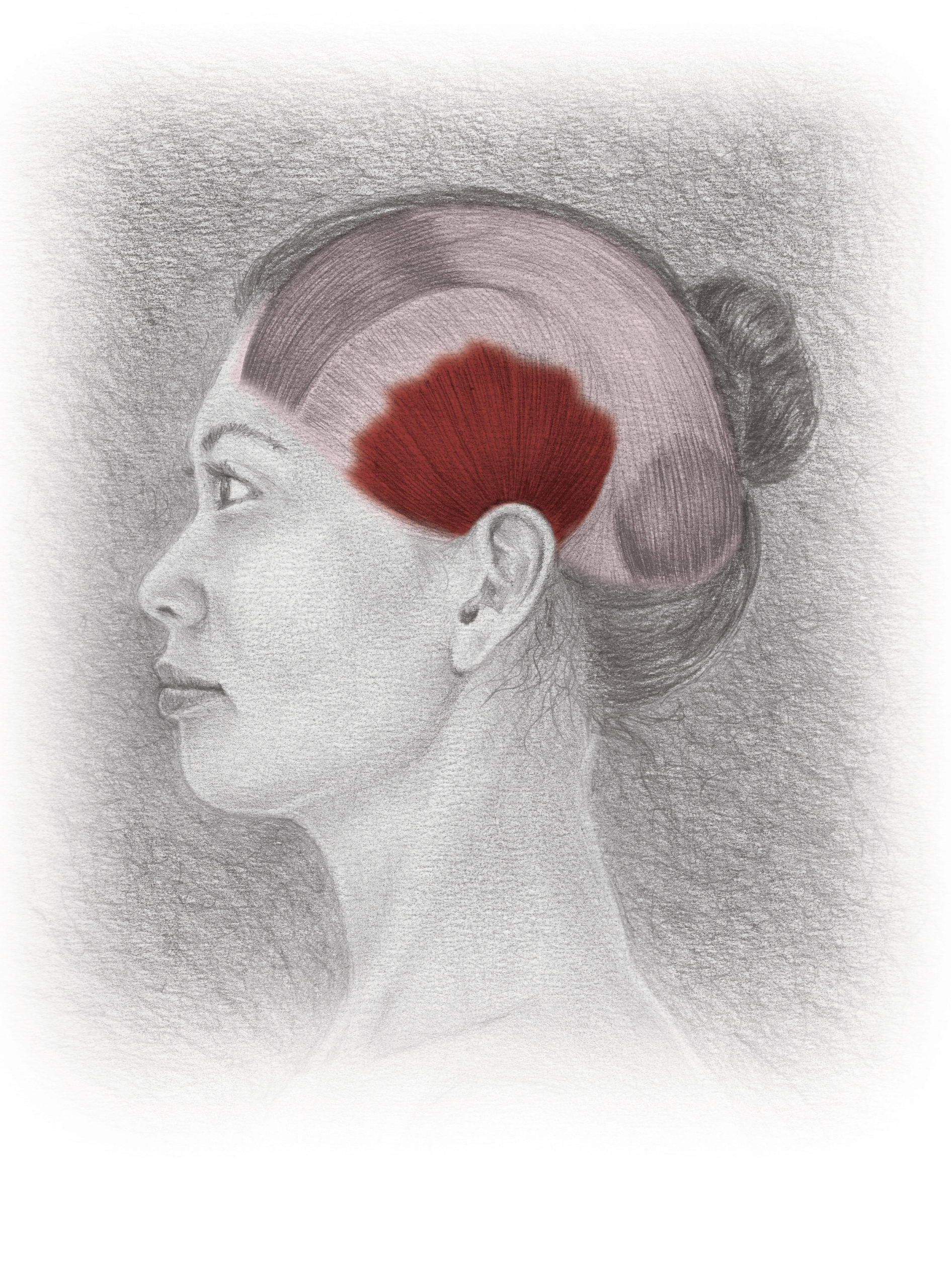Use Fascial Counterstrain points to relieve your headaches!
Acupressure points relieve headaches very efficiently. We have learned about many of them in these blogs. However, what are fascia counterstrain points? For that matter, what is Fascial Counterstrain?
Consult my book “Calming the Headache Storm,” to learn more about Counterstrain. Dr. Lawrence Jones developed the Strain-Counterstrain system in the late 1950s. This Strain-Counterstrain treatment places your painful muscles and tendons on slack causing your affected muscle spasm to release. Physical Therapist Brian Tuckey expanded Dr. Jones’ work. He developed the more complicated Fascial Counterstrain model.
Fascial Counterstrain is a very gentle hands-on treatment you can use to help reduce swelling, improve blood flow, and relax muscle spasms. Consequently, you treat different systems in the body, not just your muscles and tendons. Any area of the body can be treated, but your concern is primarily in your head and neck.
What is fascia?
Fascia is the tissue that supports your muscles, veins blood vessels and organs. Without this fascia, your organs would not stay in place. In addition, your fascia provides channels for your blood vessels, nerves and muscles to run through. Therefore, think of fascia as the “sensory blanket” that surrounds your internal structures.
However, if you suffer injury, the fascia may tighten up in a protective reaction. Unfortunately, the fascia may stay tight and restricted even after the threat is past. To remedy this problem, fascial counterstrain releases the pressure off your bodily structures. The treatment places your body into different positions for 30-60 seconds to allow the fascia to release naturally.
Fascial Counterstrain Versus Acupressure Points
There are about 800 Fascial Counterstrain point treatments. Acupuncture/acupressure points number in the 1,000-point range. Many Fascial Counterstrain points and acupressure points overlap exactly. However, their purpose differs. When you use acupressure points, you press directly on the tender acupoint to treat your headache. Consequently, pain diminishes within 60 seconds if the point matches your problem.
By contrast, the Fascial Counterstrain treatment is indirect. The tender Fascial Counterstrain point needs to be shut down and softened. Put your body in the proper position. Then, you will find the tenderness fades as the fascia releases. Immediate change in neck motion or headache pain results. This softening occurs within a minute, similar to acupressure point treatment duration.
Pressure Headache!
You may have restricted venous drainage in your head and neck. Consequently, when this pressure is present, you can get long headache episodes. The pain receptors in your blood vessels may be creating this headache. Therefore, free up this venous congestion to take pressure off your pain receptors.
The fluid backup may have been so subtle you were not aware of it. However, the pain receptors within your head are well aware of the unwanted pressure!
Your other treatments may lack success because the wrong system was targeted. Consequently, you may get only short-lived relief before the pressure in your head returns.
Advantages of the Fascial Counterstrain Treatment System
For one thing, it is painless. For another, there is essentially no risk. Since your release occurs gradually over 30-60 seconds, there is no chance of an abrupt neck movement causing adverse effects. Finally, it addresses multiple bodily systems. You are consequently more likely to get at your root cause.
Consider this Fascial Counterstrain approach in your quest to calm your headache storm!
–You understand that if not done properly, some techniques and exercises described in this blog could harm you. Any activities you perform are at your own risk, and you expressly agree to waive any claims against the author for any harm that may arise from your own actions. By reading this blog and conducting these exercises, you accept this risk. This blog provides content related to physical and/or mental health issues. As such, your use of techniques described acts as your acceptance of this disclaimer.
-Consult Chapter 2 in my book, “Calming the Headache Storm” to make sure the headache is not the sign of a more serious problem. The techniques, advice and strategies contained in this blog may not be suitable for every individual and should be abandoned if your headache increases. Seek the advice of your physician.
